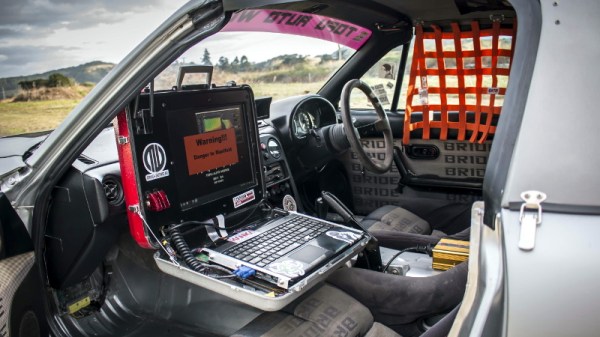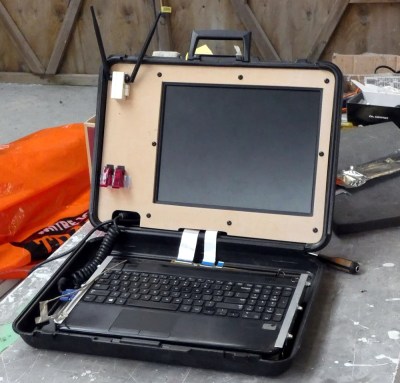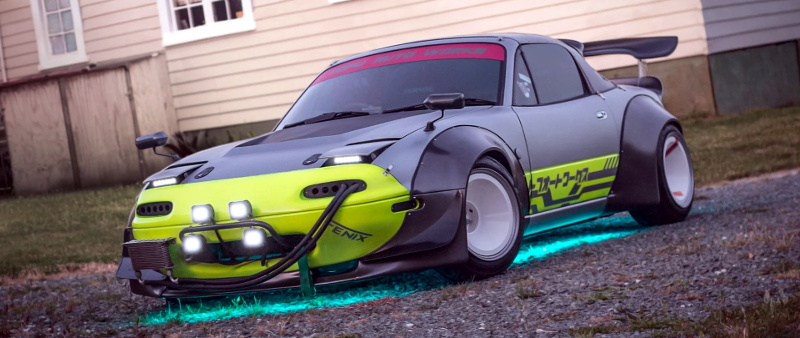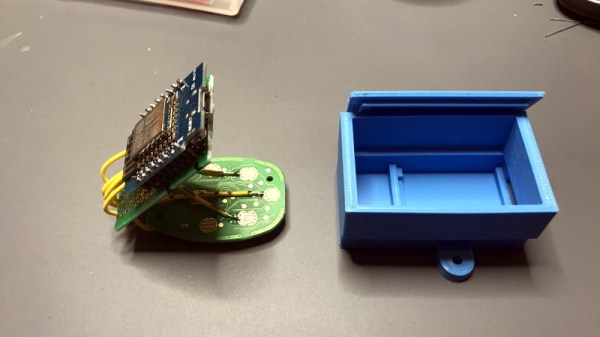We doubt you’ll be driving a Bugatti Bolide anytime soon. It’s a bit of a showy concept car, and it really is pushing some limits on what you can 3D print in an automobile. As you can imagine, they aren’t printing car parts out of ABS or PLA. According to The Drive, the prints use selective laser melting with titanium to make some impressively strong and light parts.
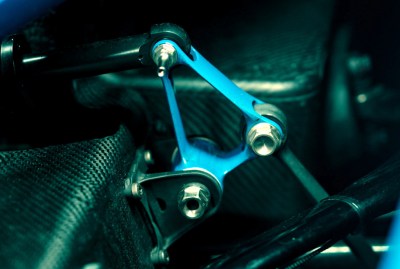 It isn’t just the material that makes the 3D prints strong. Bugatti actually patented the internal structure of some parts which are almost bone-like. By having the parts largely hollow, the weight is cut. But fine internal structure creates very strong parts. How strong? A 3.52 ounce pushrod can handle up to 3.85 tons. The printed titanium is apparently heat-treated to increase its resistance to fracture strains.
It isn’t just the material that makes the 3D prints strong. Bugatti actually patented the internal structure of some parts which are almost bone-like. By having the parts largely hollow, the weight is cut. But fine internal structure creates very strong parts. How strong? A 3.52 ounce pushrod can handle up to 3.85 tons. The printed titanium is apparently heat-treated to increase its resistance to fracture strains.
In addition to titanium, some of the concept car’s parts are printed ceramic which insulates some components from heat. The printing process can apparently get resolutions down to 0.1 mm. Many parts are quite lightweight including a 0.48 mm wheel that with supports weighs in at about 100 grams.
If you want to get into having a project car, we’d suggest something more modest. Even if you want to 3D print a titanium part for your ride, we’d still start a little smaller.






